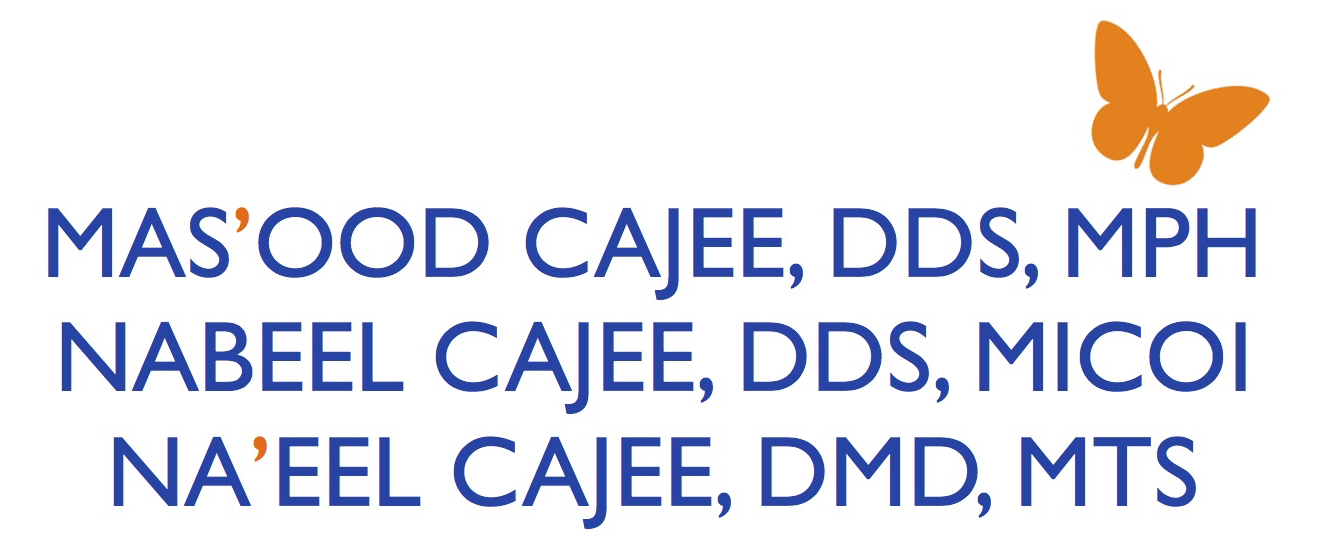How Orthodontics Has Changed: From Metal Brackets to Clear Aligners
/If you’ve ever looked at old photos of yourself with metal braces, you might cringe a little (or a lot). It’s safe to say that orthodontics has come a long way since the 80s and 90s! Gone are the days of bulky headgear and uncomfortable metal brackets. Today’s orthodontics is all about comfort, convenience, and aesthetics.
Let’s dive into some of the key differences between orthodontics now vs. the 80s and 90s, and why getting straight teeth is easier than ever.
1. Wires: Thinner and More Efficient
In the 80s and 90s, orthodontic wires were thick and heavy, which meant more discomfort and slower progress. Today’s wires are much thinner and made of advanced materials like nickel-titanium that are not only more comfortable but also more efficient at moving your teeth. These wires can exert a steady, gentle force on your teeth, which leads to faster results and less pain.
2. Bonding: Less Mess, Less Time
Back in the day, bonding brackets onto each tooth was a complicated process that involved a lot of extra steps. Today, bonding has improved significantly. The modern bonding process is quicker, with less discomfort and a cleaner finish. Advances in dental adhesives have made it easier for brackets and wires to stay in place for longer, which helps speed up the treatment process.
3. Metal Brackets vs. Clear Braces
While metal braces are still popular, we’ve come a long way in making them more discreet. In the 80s and 90s, metal braces were big, bulky, and very noticeable. Today, we have clear braces made of ceramic, which blend much better with the natural color of your teeth. These are especially popular with adults who want to straighten their teeth without drawing too much attention to their braces.
For those who want something even more discreet, clear aligners like Invisalign have completely revolutionized orthodontics. These removable trays are almost invisible, and they can be taken out for eating, drinking, and brushing. No more worrying about food getting stuck in your braces!
4. Carriere Appliance: A Game-Changer
Back in the 80s and 90s, patients with bite issues often had to rely on bulky headgear to move their teeth. Today, the Carriere appliance has become a game-changer. This simple, effective appliance helps move your teeth into position quickly, often without the need for headgear. It’s small, comfortable, and very effective in correcting bite issues.
5. CBCT (Cone Beam CT) for Accurate Diagnosis
One of the most significant advancements in orthodontics is CBCT (Cone Beam Computed Tomography). This 3D imaging technology provides a detailed look at the teeth, jawbone, and surrounding tissues. In the past, orthodontists relied on traditional X-rays and physical impressions, but with CBCT, doctors can create a more accurate treatment plan with less guesswork. This means better results, fewer complications, and a more comfortable experience for patients.
6. Digital Medit Scans: No More Goop!
Gone are the days of goopy impressions—you know, when the dentist would stick a tray full of impression material in your mouth and make you gag. Today, digital scans like the Medit Scan allow orthodontists to create a 3D model of your teeth in just a few minutes. It’s faster, more accurate, and way more comfortable than those old-school molds.
7. Less Need for Extractions
In the past, it was common for orthodontists to recommend extractions (removing teeth) to make room for the remaining teeth to move into place. However, with improved technology and better treatment planning, there is now much less need for extractions.
8. Less Need for Headgear
Do you remember those awkward photos of friends wearing headgear? It was a common treatment in the 80s and 90s for patients who needed extra help moving their teeth or correcting a bite. Thankfully, headgear is rarely needed anymore, thanks to modern orthodontic techniques like clear aligners and improved braces. The goal now is to make treatment as comfortable and low-key as possible.
Fun Facts About Orthodontics
Did you know that the oldest braces found were from the Etruscan civilization around 500 B.C.? They used gold bands to try and straighten teeth!
Fun fact: Invisalign aligners were first developed in 1997 by two Stanford students, and it’s now one of the most popular orthodontic options worldwide.
The Future of Orthodontics
Orthodontic care has changed a lot since the 80s and 90s, but the goal remains the same: to give you a healthy, beautiful smile. If you’re ready to take the next step in straightening your teeth, Dr. Cajee offers modern orthodontic options that fit your lifestyle and preferences. Call us today for a consultation and see how easy it is to get the smile you’ve always wanted!





